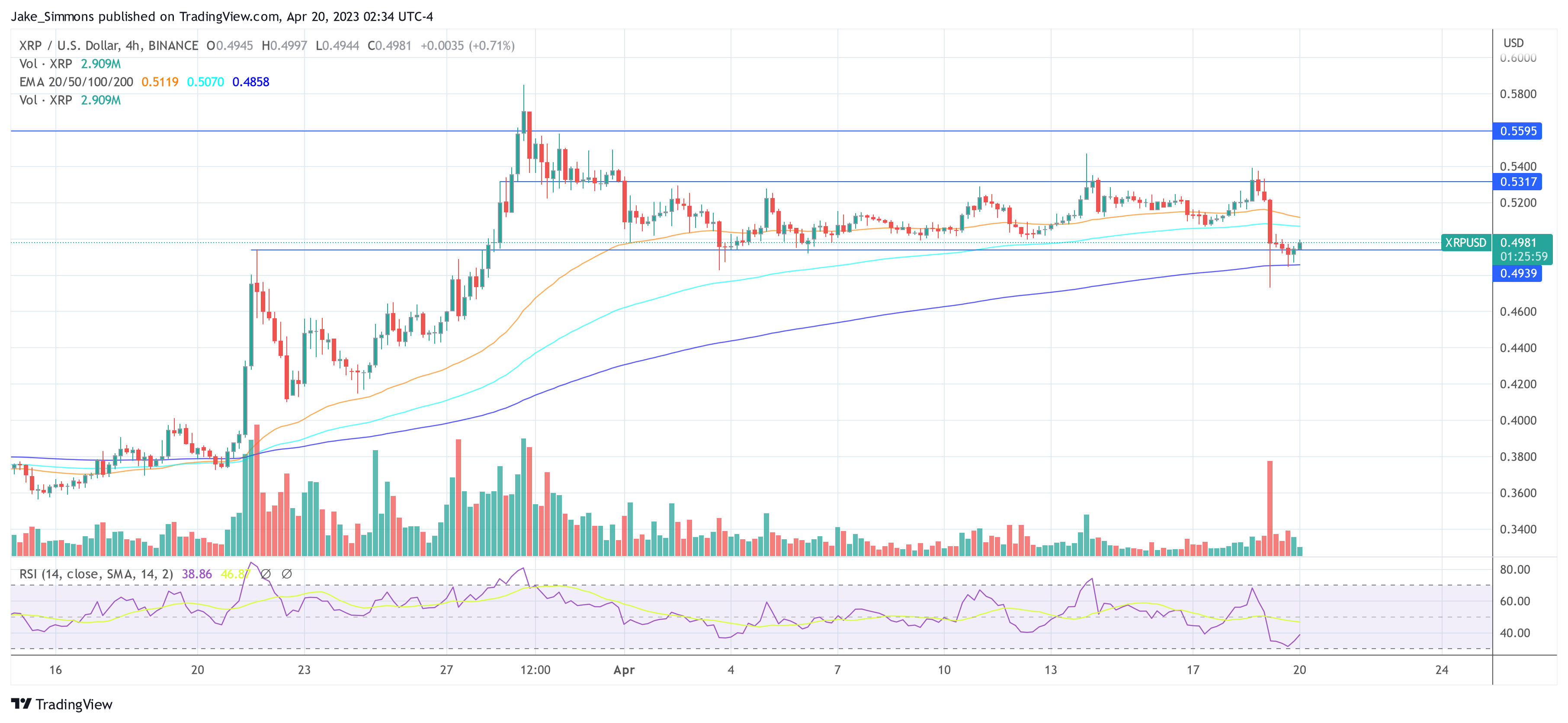John Hyatt, Senior Wealth Reporter at Forbes, has published an investigative report on the business practices of Ripple, and the company doesn’t really come out well. Specifically, it’s about the purchases and sales of XRP and how Ripple allegedly whitewashes its numbers to market its core business.
Cross-border payments with and without XRP are known to be the core business of Ripple, with only one line of business really making money, the one with XRP, according to Hyatt. Because of this, the company is keen on good marketing that sells the rapid growth of its XRP-based On-Demand Liquidity (ODL) payment technology.
However, the Forbes journalist raises questions about whether cross-border payments using XRP are actually booming as much as the company is outwardly advertising. “But new filings from the crypto firm’s Asian partner Tranglo suggest that customer adoption is lagging. So why are XRP sales accelerating?” writes the investigative journalist.
These Are The Allegations Against Ripple
The report focuses on Malaysian payments company Tranglo, which Hyatt says has become central to Ripple’s story. “Tranglo has become an important element in Ripple’s flagship offering, On-Demand Liquidity, a short-term credit product.”
In March 2021, about three months after the SEC sued the company, Ripple bought a 40% stake in the company for an undisclosed sum. After a year-long pilot of ODL, Tranglo rolled out the XRP-based technology to all of its customers.
However, the company’s financial records show that only 8 out of 91 remittance customers use XRP. What is most explosive is that a related special purpose entity GEA Ltd. accounts for the majority of the business.
This is an affiliate of the Cayman Islands-based Seamless Group. The major shareholder of Tranglo and Seamless is Alex Kong, a Singapore-based entrepreneur. He’s also the CEO of TNG Asia – also a subsidiary of Seamless – which offers the TNG Wallet, popular in Hong Kong with 500,000 downloads, and which is believed to be a major user of ODL for Tranglo.
For the company, the partnership with the blockchain company is highly lucrative. The aforementioned companies account for 6.2% of Tranglo’s $44.7 million in revenue in the first three quarters of 2022, according to Hyatt. GEA generated $1.327 million in revenue for Tranglo in the first six months of 2022. Annualized, that’s 73% of XRP-driven revenue.
The journalist thus implies that Tranglo may have a financial interest in artificially blowing up XRP volume via ODL. Along these lines, Hyatt also pointed out that there are no limits to the amount of XRP that Ripple can sell via Tranglo’s ODL facility, regardless of Tranglo’s need for XRP. The main accusation therefore, is:
This raises the issue of whether Ripple is a money-transfer business that uses XRP to support its key ODL product or if the company is really just using ODL to help it sell its stash of XRP.
Doubts About Intentions
Hyatt also stresses in the article that ODL has been key to the success because customers need to buy XRP from the company. In 2021 and 2022, Ripple earned $2.7 billion in profit from “ODL-related sales” of XRP. In contrast, anonymous sources told Forbes that the software business (with RippleNet) is unlikely to be profitable.
Martin Walker, a longtime XRP skeptic and director of banking and finance at the Center for Evidence-Based Management also has his say in the report, stating:
Ripple continues putting huge efforts into promoting the story they are improving remittances and cross border payments but whenever information about the reality comes out, it’s all about selling XRP. That’s the core of the story.
Remarkably, Forbes reached out to Ripple Labs for comments on the report’s core findings. However, CEO Brad Garlinghouse’s company only commented that “some” of the numbers from the SEC filings are inaccurate and emphasized that Tranglo is only a small part of its business. Hyatt’s conclusion nonetheless is:
Not that it really matters for Ripple whether XRP ever becomes the elixir of cross-border payments. With dedicated partners like Tranglo, Ripple’s apparent main business–selling more XRP than it buys–could make out just fine.
At press time, the XRP price traded at $0.4981.

Source: https://bitcoinist.com/ripple-sell-more-xrp-than-it-buys-forbes/
